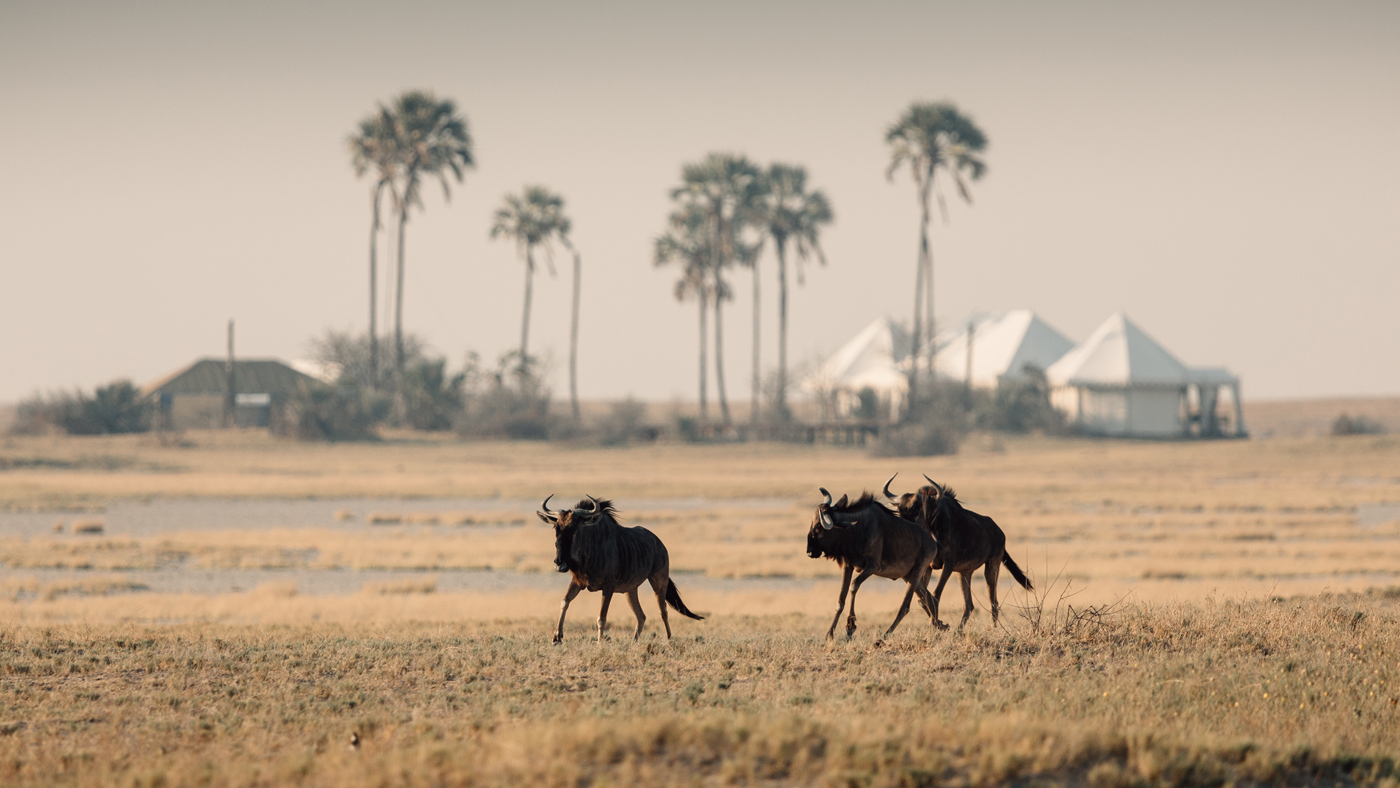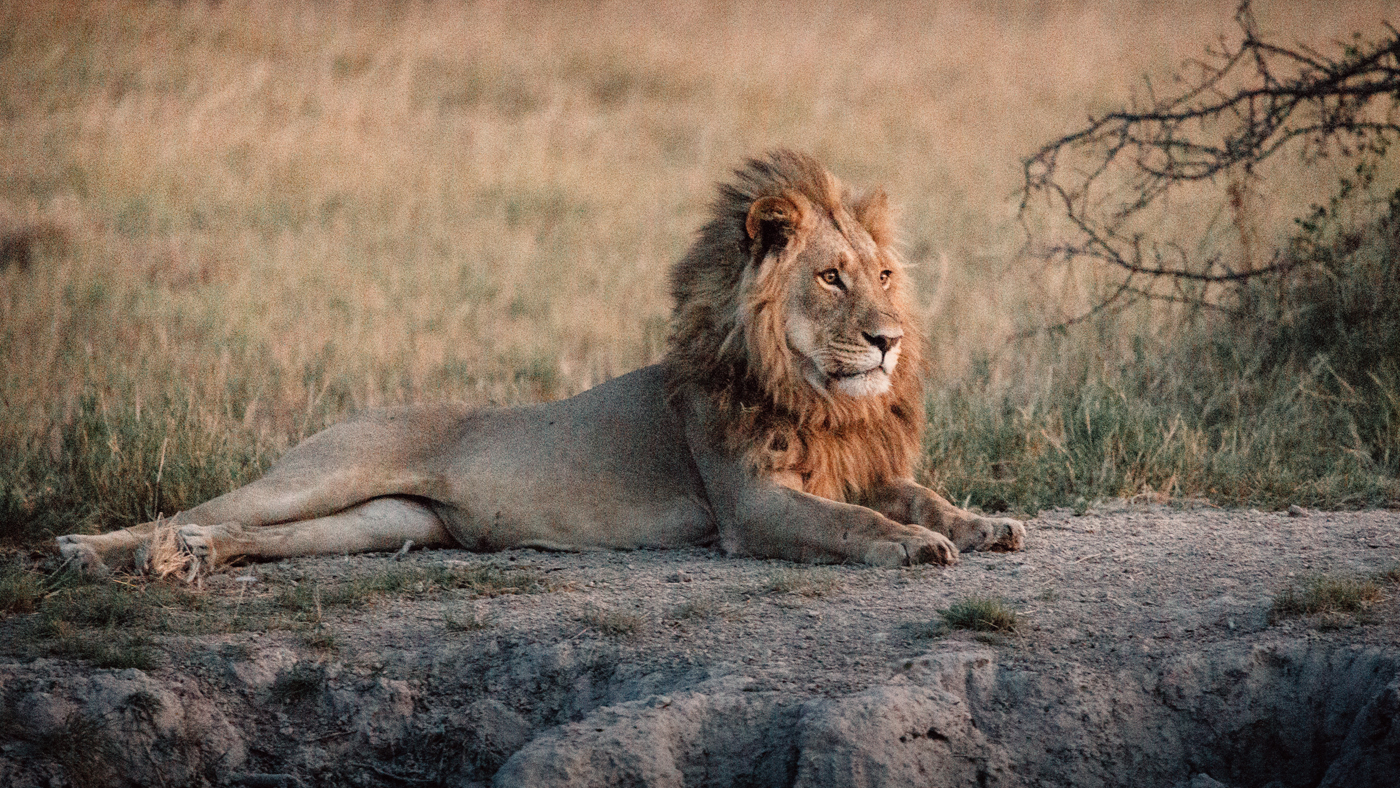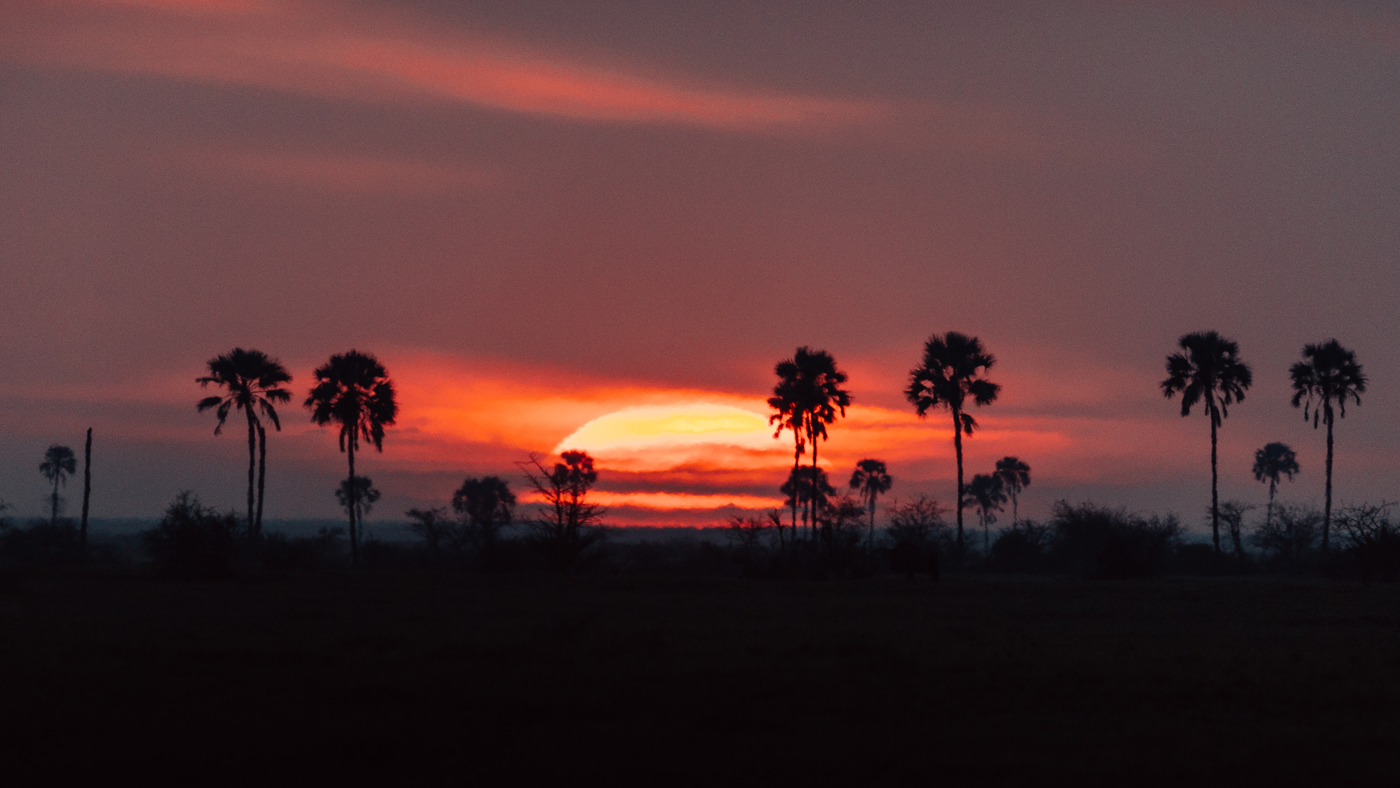Jack’s Camp and San Camp review: Botswana at its best
Few places on earth are as seductive as these tented safari camps on the mysterious Makgadikgadi salt pans































Jack’s Camp and San Camp, on the Makgadikgadi salt pans in Botswana, must rank among the most alluring safari destinations in all of Africa.
Guests are invited to step back in time to a more glamorous era of travel, leaving behind such modern trappings as electricity and Wi-Fi for a world of oil lamps, copper basins and antique four-poster beds.
Named after Jack Bousfield, a crocodile hunter and safari pioneer who spent much of his life on the salt pans, Jack’s Camp was founded in 1993 by his son Ralph. Set in a spectacular desert landscape, it offers a distinctive blend of luxury and simplicity.
The Week
Escape your echo chamber. Get the facts behind the news, plus analysis from multiple perspectives.

Sign up for The Week's Free Newsletters
From our morning news briefing to a weekly Good News Newsletter, get the best of The Week delivered directly to your inbox.
From our morning news briefing to a weekly Good News Newsletter, get the best of The Week delivered directly to your inbox.

Where is it?
Jack’s Camp and San Camp, about eight miles apart, are in northern Botswana, about 150 miles from Maun, the main tourist town and the gateway to the Okavango. You can drive from Maun in about three hours, but most guests arrive by light aircraft. Air Botswana and South African Airways fly to Maun from Johannesburg.
The landscape
The Makgadikgadi pans consist of an unusual diversity of habitats, ranging from barren salt pans to grassland to “islands” of dense vegetation (which in the wet season are surrounded by water). Strings of palm trees punctuate the horizon, imported on to the pans by elephants, which munch on palm nuts and propagate the seeds in their dung.
A free daily email with the biggest news stories of the day – and the best features from TheWeek.com

The game
Two classes of species are found in the Makgadikgadi pans: the desert specialists, which live here all year round, and the opportunists, which arrive with the rains. Among the former are meerkats, which have grown so accustomed to their human visitors that the sentries will sometimes climb on to their heads to get a better view of the surrounding area. The latter includes zebras and wildebeest, seen in vast numbers during the wet season, as well as elephants, cheetahs, lions, hyenas and jackals.
The presence of permanent waterholes near Jack’s Camp and San Camp, and a reduction in commercial cattle ranching, hunting and poaching, is encouraging more game to stay in the area during the dry season too.

Accommodation and food
Jack’s Camp consists of ten luxurious tents, furnished with dark wooden furniture and evocative photographs of Jack and his family. All of them have indoor and outdoor showers, with solar-heated water, but there is no electricity. Oil lamps are lit for you in the morning and evening, and flasks of hot tea and coffee provided throughout the day.
The whole camp comes together for meals at a long dining table overlooking the grassland in front of the camp. Stories of adventures and sightings are swapped over three-course meals, mostly European in style, and a selection of wines. A bar, consisting of a vast wooden chest stocked with copious spirits, fuels further revelries.

The routine is similar at San Camp, but the location and aesthetics are subtly different. Whereas the tents at Jack’s are dark green, to blend in with the surrounding bush, San Camp is pitched on the pan itself, and its white canvas perfectly complements the baked salt (above). Low, ornately carved chairs and tables add a Moorish flavour to the tea tent.
When to go
San Camp is open only during the dry season (April to October) for the good reason that it’s under water for the rest of the year. Jack’s Camp, on slightly higher ground, is open all year round – and offers different reasons to visit in each season. While game is most plentiful after the summer rains – and the saturated salt pan is a spectacular sight – there’s plenty of life in the Makgadikgadi even when it’s dry.

Walking safaris with San people (above), the original inhabitants of the Kalahari, who describe and demonstrate some of their skills and customs, are offered throughout the year. And when the salt pan is dry, guests can join a quad bike expedition out on to the heart of it, experiencing the beauty and silence of it first hand.
October is the hottest month, with daytime temperatures reaching 45C and nights a balmy 18C. You can expect highs of 30C throughout the summer until March, when it begins to cool. During June and July, overnight lows dip to 6C, but daytime temperatures climb to 26C.

Price and booking
A night at San Camp costs from £1,000pp, full board, including all activities, and Jack’s Camp is from £1,100. The Luxury Safari Company can incorporate either or both into a tailor-made safari itinerary: for more information, phone 01666 880 111, email info@theluxurysafaricompany.com or visit theluxurysafaricompany.com
-
 ‘Let 2026 be a year of reckoning’
‘Let 2026 be a year of reckoning’Instant Opinion Opinion, comment and editorials of the day
-
 Why is Iran facing its biggest protests in years?
Why is Iran facing its biggest protests in years?TODAY’S BIG QUESTION Iranians are taking to the streets as a growing movement of civic unrest threatens a fragile stability
-
 How prediction markets have spread to politics
How prediction markets have spread to politicsThe explainer Everything’s a gamble
-
 8 incredible destinations to visit in 2026
8 incredible destinations to visit in 2026The Week Recommends Now is the time to explore Botswana, Mongolia and Sardinia
-
 Four Seasons Seoul: a fascinating blend of old and new in South Korea
Four Seasons Seoul: a fascinating blend of old and new in South KoreaThe Week Recommends Located right in the heart of the action, this classy hotel is the perfect base to explore the capital
-
 Upper House Hong Kong: a serene sanctuary in the bustle of the city
Upper House Hong Kong: a serene sanctuary in the bustle of the cityThe Week Recommends Panoramic harbour views and super-stylish interiors elevate this luxury hotel to another level
-
 Step into a fairy tale at San Ysidro Ranch
Step into a fairy tale at San Ysidro RanchThe Week Recommends This historic Californian hideaway is pure magic
-
 The Old Bell Hotel: whimsy and charm in historic Wiltshire
The Old Bell Hotel: whimsy and charm in historic WiltshireThe Week Recommends Giraffes, monkeys and bold, bright colours add a playful touch to this 800-year-old inn
-
 Grove of Narberth: comfort and style in the Welsh countryside
Grove of Narberth: comfort and style in the Welsh countrysideThe Week Recommends This boutique Georgian manor in Pembrokeshire is the perfect rural retreat
-
 The Peninsula: London’s first billion-pound hotel
The Peninsula: London’s first billion-pound hotelThe Week Recommends As the capital’s super-luxury hotel scene continues to expand, the respected brand is still setting the standard
-
 The Mini-Mayfair package at Mandarin Oriental
The Mini-Mayfair package at Mandarin OrientalThe Week Recommends Keep the kids entertained with a family-friendly stay at one of London’s swankiest hotels